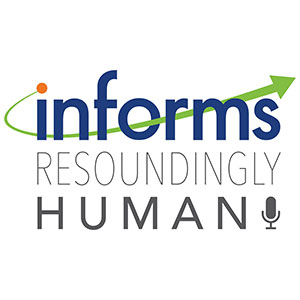
COVID-19 vaccine rollouts gone wrong; doctor says this is the reason
The country is in a race against time to end the coronavirus pandemic. Some health experts say vaccination is the only way the U.S. will reach herd immunity. But could the country be doing better in terms of vaccine distribution?















